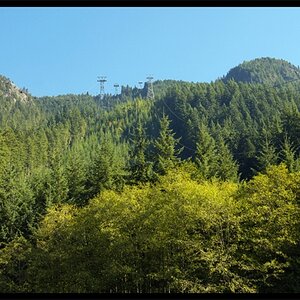Bluester
TPF Noob!
- Joined
- Mar 17, 2014
- Messages
- 39
- Reaction score
- 1
- Can others edit my Photos
- Photos NOT OK to edit
Mind you limr, you toss a lot of BS in here. I think you should see a psychiatrist.Joe also pointed out that a typical resolution for a 35mm film frame is more like 10-12 megapixels rather than the 20 that you keep claiming.


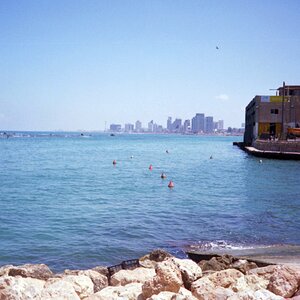
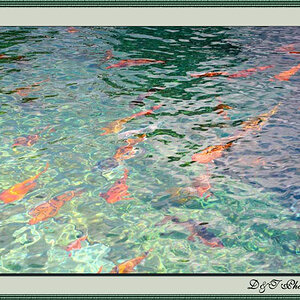
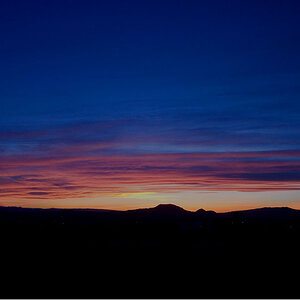
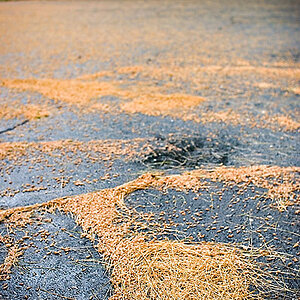



![[No title]](/data/xfmg/thumbnail/34/34128-13fc5c1fff2d14776c9fae00b71ea084.jpg?1619736299)
![[No title]](/data/xfmg/thumbnail/34/34127-a0d1223fcaca46821c9dace22d8f88c2.jpg?1619736298)


